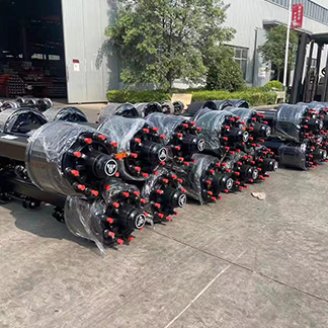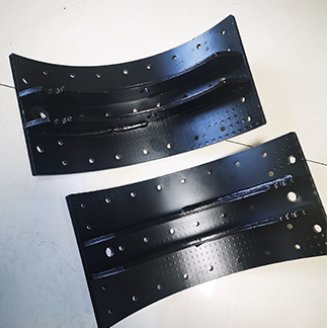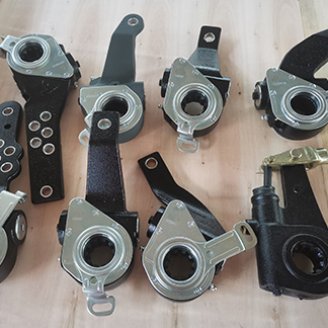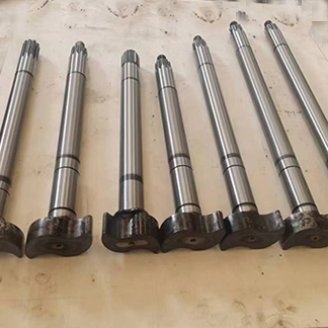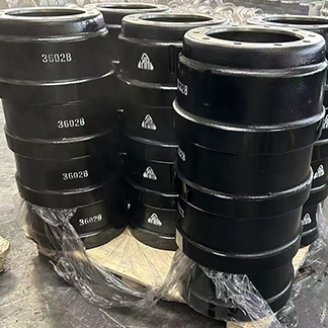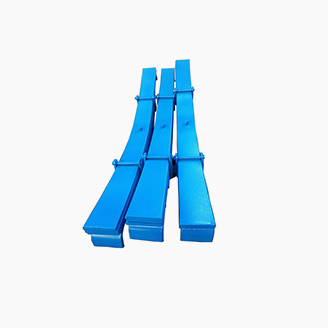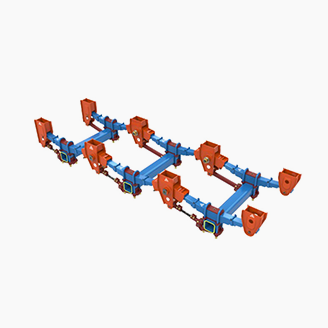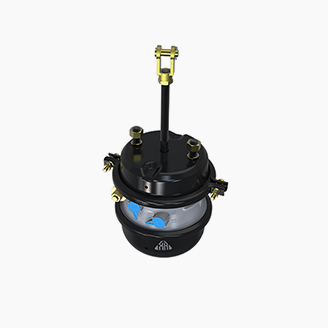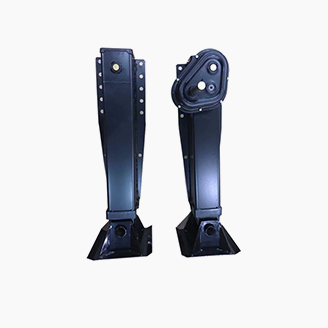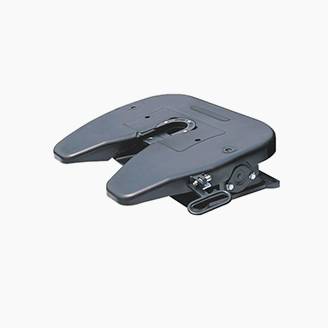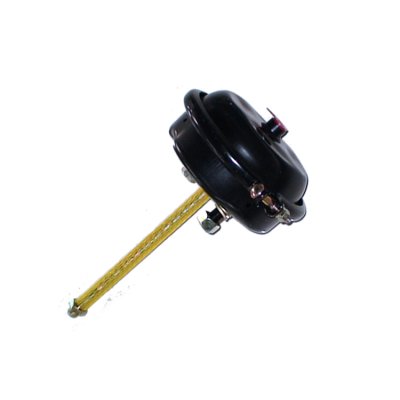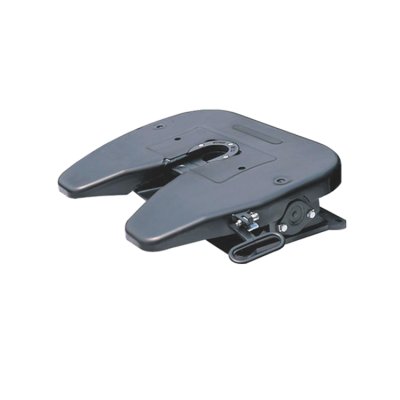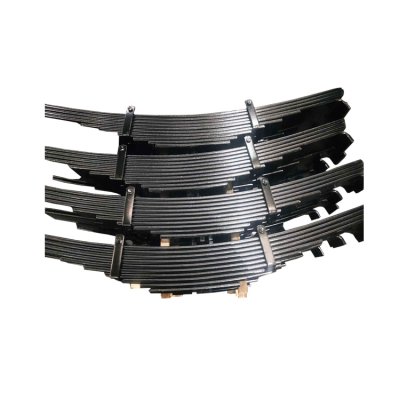Leaf Spring
Leaf spring, referred to as leaf spring, is a leaf spring composed of no less than one piece of spring steel.Leaf springs are commonly used in wheeled vehicle suspensions. Originally known as laminated or bracket springs and sometimes called semi-elliptical springs or trolley springs, they are one of the oldest forms of springs.
The leaf spring is a long arc-shaped spring steel with a rectangular cross-section. In the most common configuration, the center of the arc provides the location of the axle, while the loops formed at either end attach to the vehicle chassis. For very heavy vehicles, leaf springs can be made from multiple leaves laminated together, usually with progressively shorter leaves. Leaf springs can be used for positioning and some degree of damping as well as spring function. Although interlayer friction provides a damping effect, it is poorly controlled and results in stiction in suspension motion. Some manufacturers have begun using single leaf springs for this purpose.
Leaf springs can be attached directly to the frame at both ends, or directly attached to one end, usually the front end, and the other end connected via a shackle, short swing arm. Elasticity creates a tendency for the blades to elongate when compressed, making the elastic softer. Some springs terminate in a recessed end, called a spoon end (rarely used), which is used to carry rotating members.
It has two types, one is of equal thickness, the width is narrow at both ends and thick in the middle. The traditional multi-piece leaf spring is this type. This kind of leaf spring is made of multiple pieces of steel with different lengths and the same width. Made up of pieces. Most of today's buses and trucks use this kind of leaf spring.
The other is equal width, with the thickness showing that it is thinner at both ends and thicker in the middle. The common small-leaf leaf spring is this type. The small-leaf leaf spring refers to a variable-section leaf spring with only 1 to 4 pieces. The variable-section leaf spring refers to a thicker center along the length of the steel plate that gradually becomes thinner at both ends, or a leaf spring with a variable cross-section. Leaf springs with gradually varying width and thickness. Mostly used in light vehicles, now large and medium-sized passenger cars also tend to use this type of leaf spring.
The middle part of the leaf spring is fixed to the axle through U-shaped bolts (also called riding bolts), and the curling ears at both ends are hinged to the brackets of the frame with pins. In this way, the leaf spring connects the axle and the body to play the role of buffering, vibration reduction, and force transmission. The steel plates of a multi-leaf leaf spring are stacked to form an inverted triangle shape. The uppermost steel plate is the longest and the lowermost steel plate is the shortest. The number of steel plates is related to the weight of the car and the shock absorption effect. The more steel plates, the thicker and shorter they are. The spring stiffness is greater.
Some few-leaf leaf springs only use one leaf spring. Compared with multi-leaf leaf springs, in addition to reducing noise and no friction, they can also save materials, reduce weight, facilitate layout, reduce the height of the vehicle, and have good ride comfort.
The cross-section of the steel plate of the few-piece leaf spring changes greatly, and the cross-section is gradually different from the middle to both ends, so the rolling process is more complicated. In order to reduce the weight and difficulty of the rolling process, a fiber-reinforced plastic (FRP) has appeared in recent years to replace steel plates, which can reduce the weight by more than half. This fiber-reinforced plastic is made of glass fibers polymerized with polyester resin.
It is calculated that the average single-leaf leaf spring weighs about 11-20 kg per pair, while the fiber-reinforced plastic spring weighs about 4 kg per pair, and the driving is smooth and the noise is very low.
